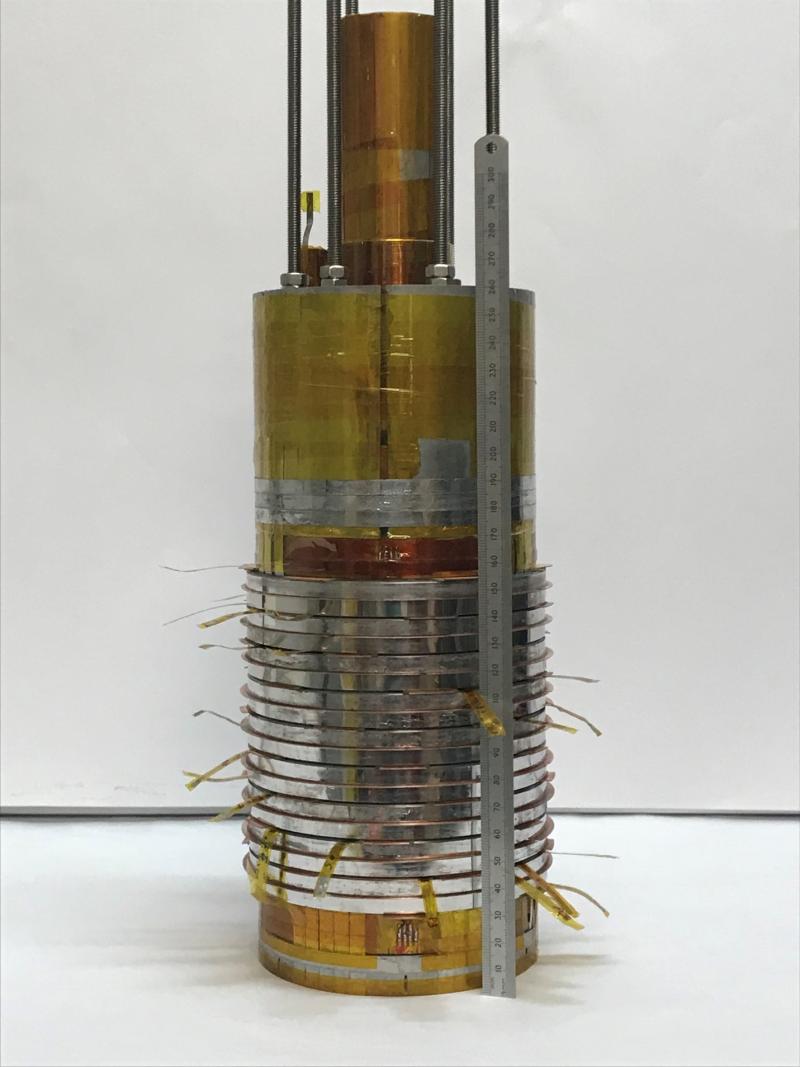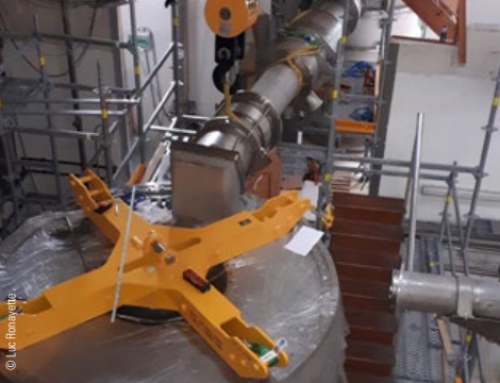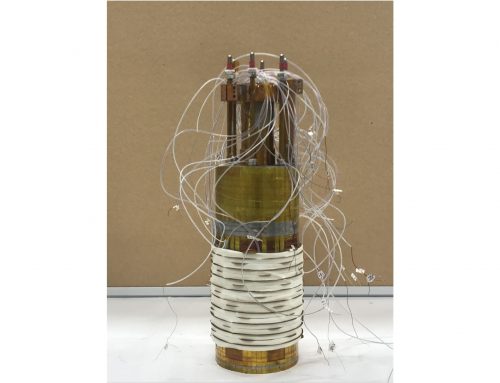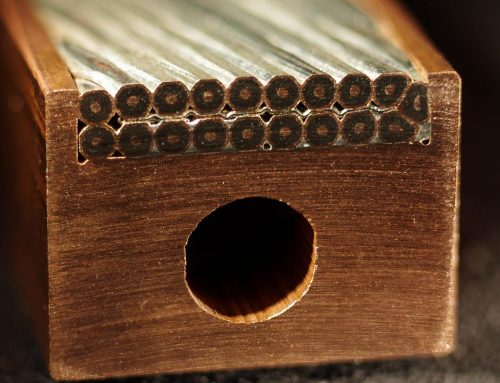Jung-bin Song, X. Chaud, F. Debray, LNCMI-Grenoble and P. Fazilleau, T. Lécrevisse, CEA Saclay.
The High Temperature Superconductor (HTS) team at LNCMI has set a new world record by producing a magnetic field of 32.5 T for a period of several minutes. With this, EMFL is paving the way for the production of a very intense magnetic field – from 30 to 50 T -continuously, by devices that are completely superconducting and, therefore, particularly energy efficient. In the frame of EMFL, the development of HTS inserts aims at enabling long-duration experiments above 23 T at a much lower cost. Many areas of research
will benefit: NMR spectroscopy, thermonuclear fusion, magnetic levitation, etc.
To produce very intense magnetic fields – up to 45 T – it is currently necessary to combine an external superconducting magnet with an internal copper coil. With a power consumption of several tens of megawatts, these hybrid devices are very energy intensive. Moreover, the duration of experiments are limited to a few hours. To overcome these two problems, the solution would be to use a central superconducting winding, just like the external winding. The use of „classical“ superconductors is unfortunately excluded. When the magnetic field exceeds 23 T, these materials become normal. The solution is to use materials such as cuprates, hereby called HTS, which remain superconducting up to magnetic fields of tens of teslas.
Developed in the CNRS / LNCMI laboratory in Grenoble, the HTS insert Nougat is the result of a CEA-CNRS collaboration, funded by the French Research Agency ANR. The use of the innovative technique „Metal-as-Insulation“ made it possible to ensure stable operation and eliminates any risk of irreversible damage in the event of an incident [1]. By co-winding the HTS tape with a metal ribbon, without isolation and without impregnation, allows the redistribution of the current between the winding turns in case of local HTS failures with excellent protection against excessive overheating, and provides the additional mechanical reinforcement necessary to counteract the very high magnetic forces at these field values.
The test campaign of the high-field HTS Nougat insert was successfully conducted at the CNRS / LNCMI in Grenoble. The insert reached twice its nominal operating point of 30 T, of which 12 T were generated by the superconducting magnet alone. The insert operated more than 6 minutes above this value with dwells at 31 T, then 32 T and a new world record was set for a superconducting insert of this size (useful diameter of 38 mm) with a central magnetic field of 32.5 T of which 14.5 T are produced by the superconducting magnet only. This result demonstrates that the „Metal-as-Insulation“ technology is now mature. A magnet generating magnetic fields greater than 30 T with an HTS insert is now feasible. This work also paves the way for significant energy savings, as it partially can replace experiments on multi-megawatt resistive installations of a few tens Figure of kilowatts with superconducting magnets.

Figure 1. The HTS insert NOUGAT after assembling of its9 double pancakes and overbanding, ready to be instrumented and mounted.

Figure 2: Representation of several operating points reached as a function of external background field.
Construction and Test of a 7 T Metal-as-Insulation HTS Insert Under a 20 T High Background Magnetic Field at 4.2 K, Jung-Bin Song , Xavier Chaud , Benjamin Borgnic , François Debray, Philippe Fazilleau, and Thibault Lécrevisse, IEEE Trans. Appl. Supercond. 29, 4601705 (2019).
Contact: Xavier.chaud@lncmi.cnrs.fr







Leave A Comment
You must be logged in to post a comment.